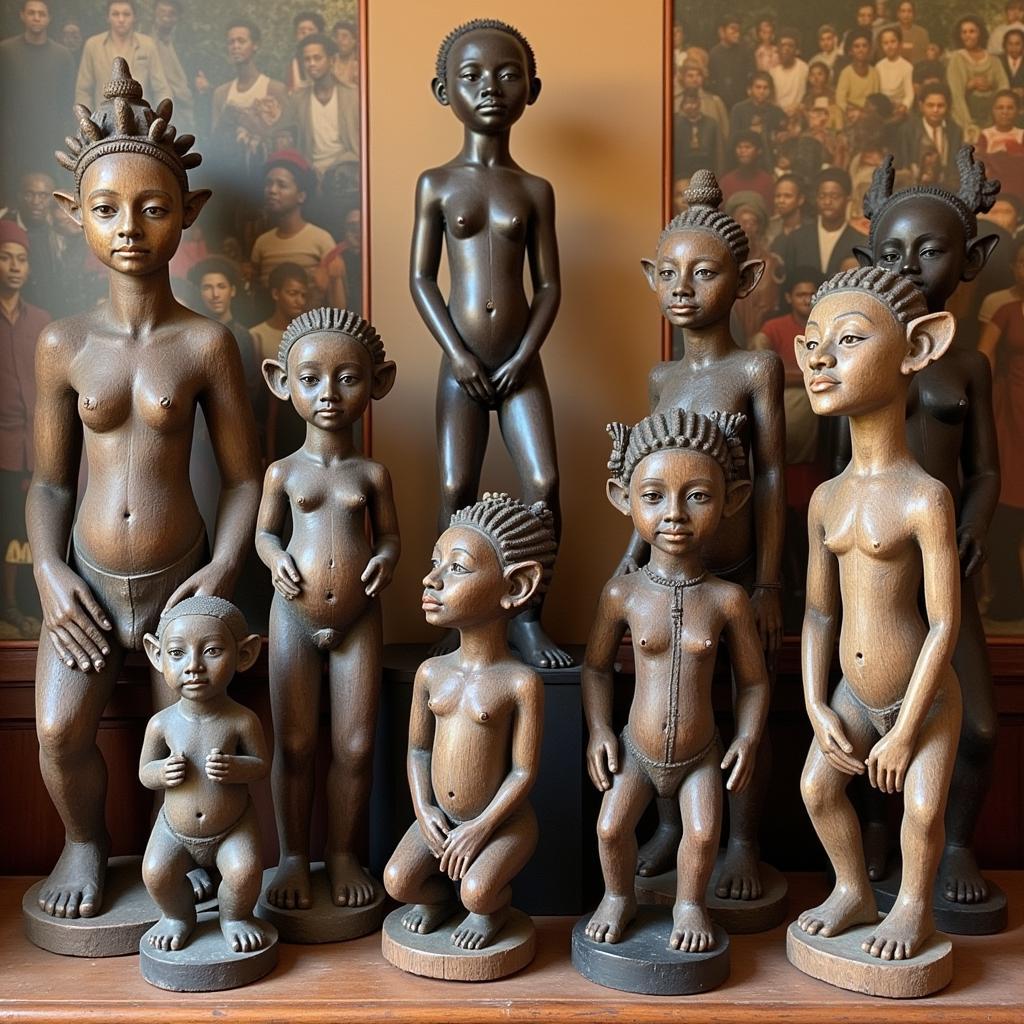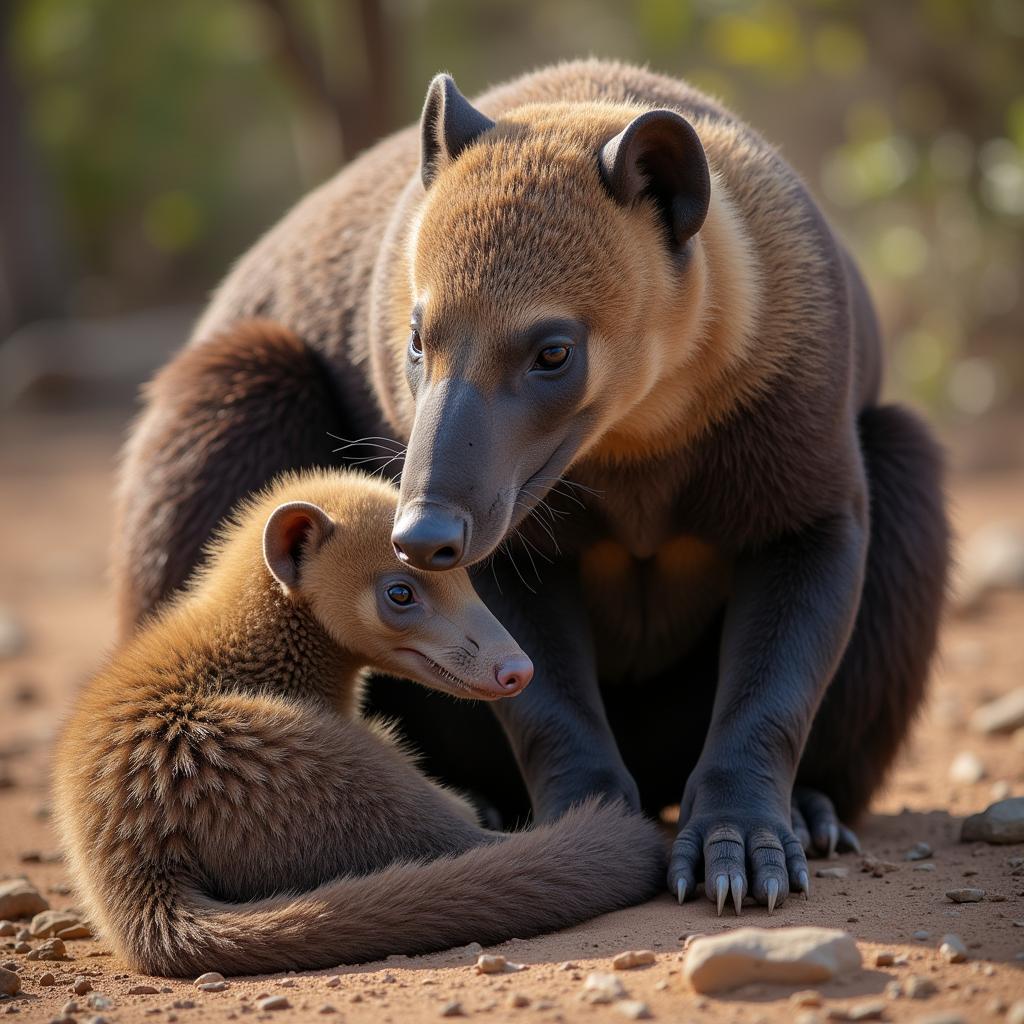Exploring the Berber Language: A Guide to Common Phrases and Their English Meanings
The Berber language, often referred to as Tamazight in its standardized form, holds a fascinating place in the diverse tapestry of African languages. Far from a single monolithic language, Berber is actually a family of closely related languages spoken by various communities across North Africa. This linguistic family boasts an estimated 40 million speakers, stretching from the Atlas Mountains of Morocco to the Siwa Oasis of Egypt. If you’re looking to delve into the rich culture of North Africa, understanding a few key Berber phrases can be an enriching experience. This guide will introduce you to some common Berber words and phrases, complete with their English meanings, offering a glimpse into this vibrant linguistic world.
A Window into Berber Culture
The Berber language offers a unique window into the history and culture of North Africa. Its origins predate the arrival of Arabic in the region, making it one of the oldest continuously spoken languages in Africa. While the influence of Arabic is undeniable, Berber retains its distinctive linguistic features and vocabulary. Learning even a few basic phrases allows you to connect with the local Berber communities on a deeper level, showcasing respect for their heritage and fostering cultural exchange.
Common Berber Greetings
Greetings form the cornerstone of any language, and Berber is no exception. Here are some everyday greetings you might encounter:
- Azul: This versatile greeting translates to “hello” and is widely used throughout Berber-speaking communities.
- Salam: Similar to Arabic, “Salam” also means “peace” and serves as a common greeting.
- Fekkes/Labas: To inquire about someone’s well-being, you can use “Fekkes” in the west (Morocco) or “Labas” in the east (Algeria).
- Isinek/Isik: These words mean “how are you?” and are used depending on the gender of the person you’re addressing (masculine/feminine).
- Saha: This versatile word means “good health” and can be used in various contexts, including as a response to “thank you”.
Basic Berber Phrases
Beyond greetings, mastering a few basic phrases can significantly enhance your interactions:
- Afwan/Ur d tesekra: These phrases mean “you’re welcome” and are used interchangeably in different regions.
- Smahli/Semhi: When you need to apologize for something, you can say “Smahli” or “Semhi”.
- Waqila: This useful word means “okay” or “alright” and can be used to express understanding.
- Ihi/Ih: These words simply mean “yes”.
- La: Just like in English, “La” means “no”.
- Amek i tsemmin/Amek i tesmmin: This is how you ask someone’s name in Berber.
Expressing Gratitude in Berber
Expressing gratitude is essential in any culture. Here’s how you can do it in Berber:
- Tanemmirt: This is a common way to say “thank you” in Berber.
- Tanemmirt meqqurn/Tanemmirt meqqort: For a more heartfelt thank you, you can use these phrases, which mean “thank you very much”.
Numbers in Berber
Here are the numbers one to ten in Berber:
- Yiwen/Yiwet
- Sin/Snat
- Krad/Krat
- Kkuz/Kkuzt
- Semmus/Semmust
- Sḍis/Sḍist
- Sa/Sat
- Tmanya/Tmant
- Tẓa/Tẓat
- ʿAcṛa/ʿAṛcat
Useful Resources for Learning Berber
While this guide provides a starting point, numerous resources are available to deepen your understanding of the Berber language:
- Online dictionaries and language learning apps: Several websites and apps offer Berber language courses and dictionaries.
- Cultural centers and institutes: Many cultural centers and institutes, particularly in North Africa and Europe, provide Berber language courses.
- Local communities: Immersing yourself in Berber-speaking communities is an excellent way to learn the language and experience the culture firsthand.
Conclusion: Embracing the Beauty of Berber
Learning even a few words and phrases in the Berber language can enrich your understanding of North African culture. It’s a testament to the region’s diverse heritage and a way to connect with local communities on a deeper level. So, next time you find yourself in Morocco, Algeria, or any Berber-speaking region, impress the locals with your newfound linguistic skills.
FAQ about the Berber Language
1. Is Berber a dying language?
While facing challenges from dominant languages like Arabic and French, Berber is experiencing a revival. Efforts to standardize and promote its use in education and media are contributing to its preservation.
2. How many dialects of Berber are there?
There are numerous dialects of Berber, making it difficult to pinpoint an exact number. However, they can be broadly categorized into several main branches, including Tarifit, Tamazight, and Kabyle.
3. Where is Berber spoken the most?
Morocco and Algeria have the largest Berber-speaking populations, followed by other North African countries like Tunisia and Libya.
4. Is Berber a written language?
Yes, Berber has a writing system. Historically, it used the Tifinagh script, which has witnessed a resurgence in recent years. Additionally, Berber can be written using the Latin and Arabic alphabets.
5. Is Berber similar to Arabic?
While Arabic has influenced Berber vocabulary, they belong to different language families. Berber is an Afro-Asiatic language, while Arabic is a Semitic language.
You might also be interested in:
For any inquiries or assistance, please contact us at:
Phone Number: +255768904061
Email: kaka.mag@gmail.com
Address: Mbarali DC Mawindi, Kangaga, Tanzania.
Our dedicated customer service team is available 24/7 to assist you.



